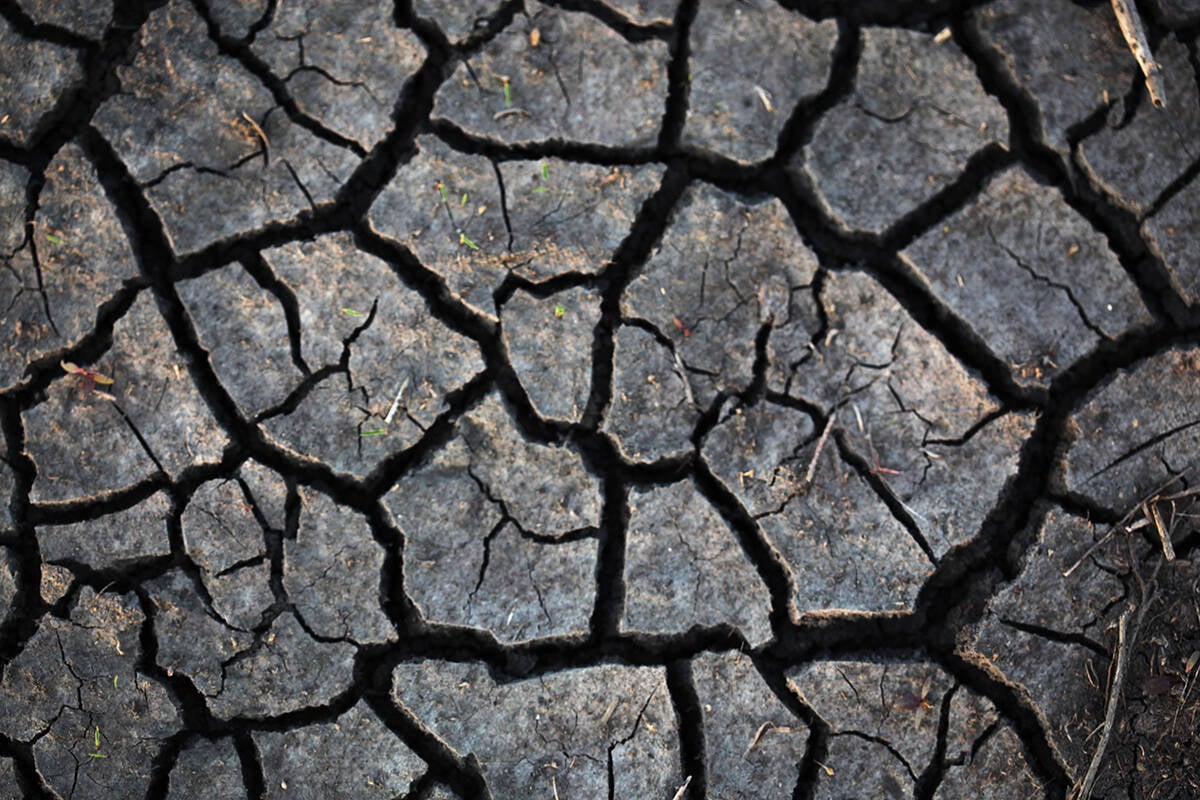Growers in eastern North Dakota, Minnesota and South Dakota have tossed aside their umbrellas and picked up their divining rods.
The U.S. Drought Monitor says the region is experiencing moderate drought after a recent run of excess spring moisture.
“It is definitely dry,” said Erica Olson, marketing specialist with the North Dakota Wheat Commission.
“You can just see, when you go out, the dust flying. So a lot of producers were planting into dry ground.”
Recent rain wasn’t enough to pull it out of drought.
Read Also

Prairies have variable soil moisture conditions
The dry weather in the west was welcome for preserving grain quality and advancing harvest, but it has resulted in very dry soil moisture conditions.
“There is definitely a concern,” she said. “It is the complete opposite of what we’ve been dealing with the last few years, in which we had wet conditions and we struggled to get all our acres planted because of that.”
The U.S. National Oceanic and Atmospheric Administration forecasts that drought in the region will persist or intensify between now and July 31.
Drew Lerner, president of World Weather Inc., is also forecasting continued dry conditions for the region, although he believes the drought will cover all of North Dakota rather than just the eastern third.
“The core of the biggest problem potentially is North Dakota,” he said.
That could mean reduced production of many crops that compete with those grown in Western Canada.
North Dakota is the top spring wheat producing state, while South Dakota ranks third and Minnesota fourth. The three states combined account for 68 percent of U.S. spring wheat acres.
North Dakota grows about half of the country’s durum.
Farmers in the three states also grow a lot of corn, soybeans, barley, oats, pulses and flax.
Lerner said the dryness in the three states is reminiscent of what oc-curred in 1976-77, which was a bad year for crop production. Crops will likely need to tap into subsoil moisture reserves.
The U.S. Department of Agriculture says subsoil conditions are good in North Dakota but are 39 percent short or very short in Minnesota and 65 percent short or very short in South Dakota.
Olson said the dry spring may lead to more barley, wheat and durum acres because they are less water-intensive than corn and soybeans.
She said it is still wet in central and western North Dakota, but most of eastern North Dakota, South Dakota and Minnesota have been dry for a while.
“Last summer we really started to become dry. We didn’t have a lot of precipitation towards the end of the summer and into the fall. That’s really a long time to go without measurable precipitation,” she said.
One positive is that farmers have been able to get in their fields early. Last year, growers in many areas didn’t start until the end of May and seeded well into June.















